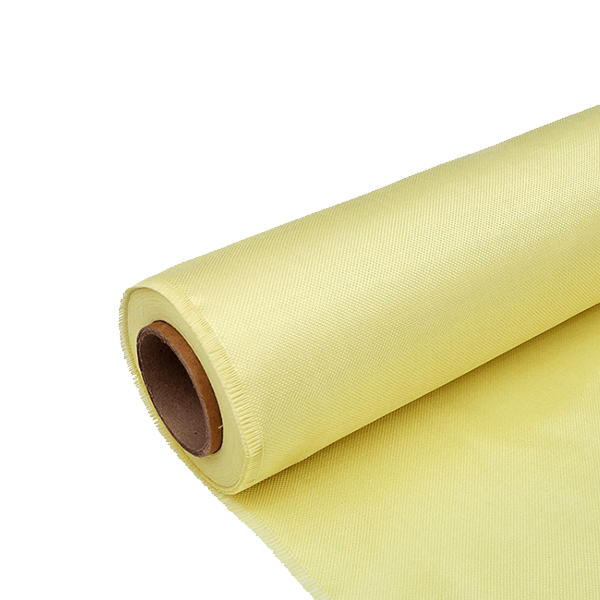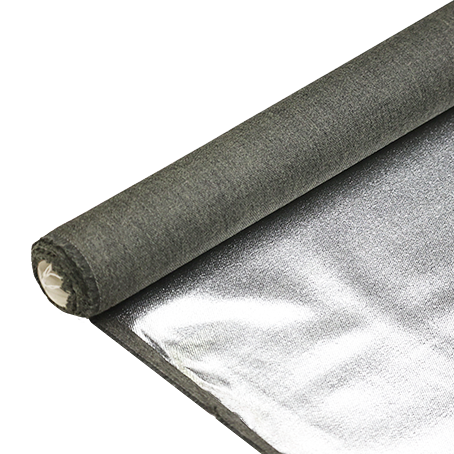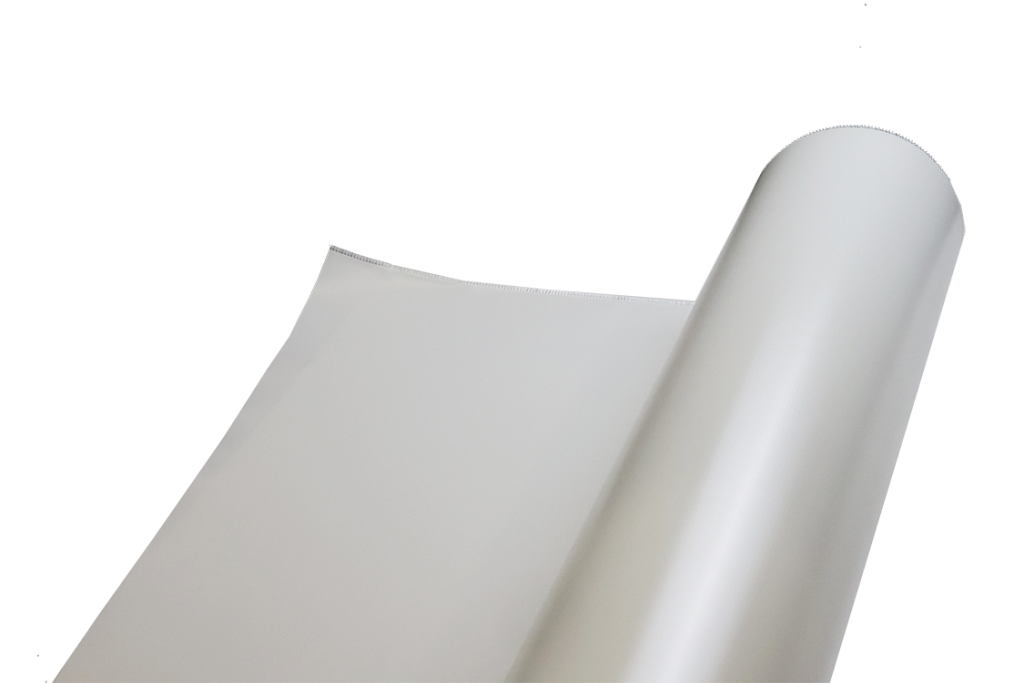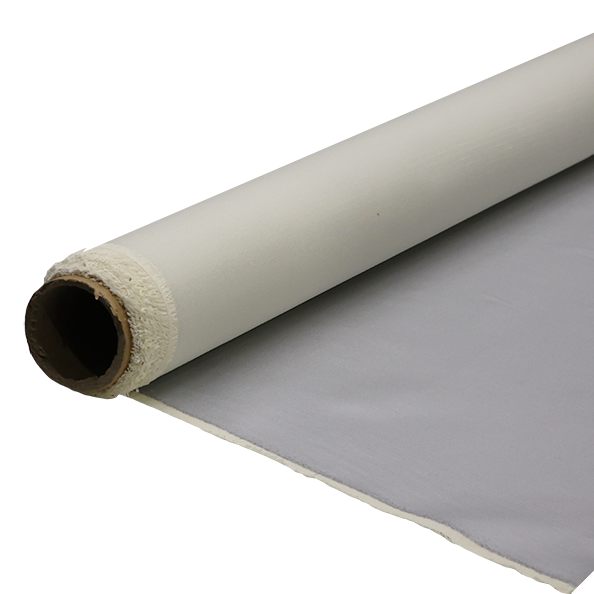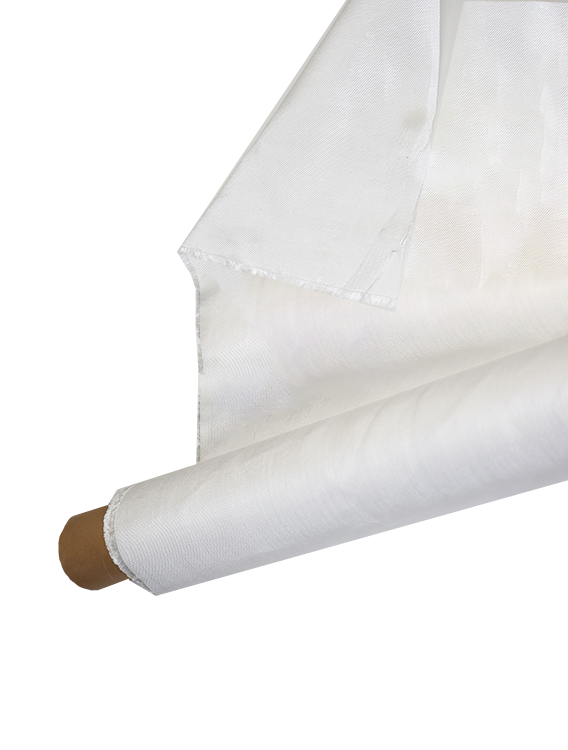Carbon Fiber vs Aromotic Tubular: Pros & Cons
-
 Your Composites Expert Carbon Fiber Materials&Products
Your Composites Expert Carbon Fiber Materials&Products -
-1.png?width=686&height=617) Your Composites Expert Aramid Fiber Materials&Products
Your Composites Expert Aramid Fiber Materials&Products -
 Your Composites Expert UHMWPE Materials&Products
Your Composites Expert UHMWPE Materials&Products -
 Your Composites Expert Fiberglass Materials&Products
Your Composites Expert Fiberglass Materials&Products -
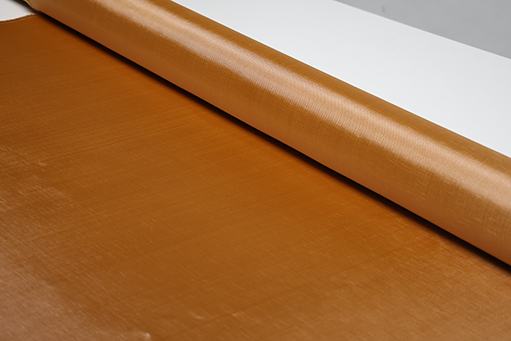 Your Composites ExpertPBO Materials&Products
Your Composites ExpertPBO Materials&Products -
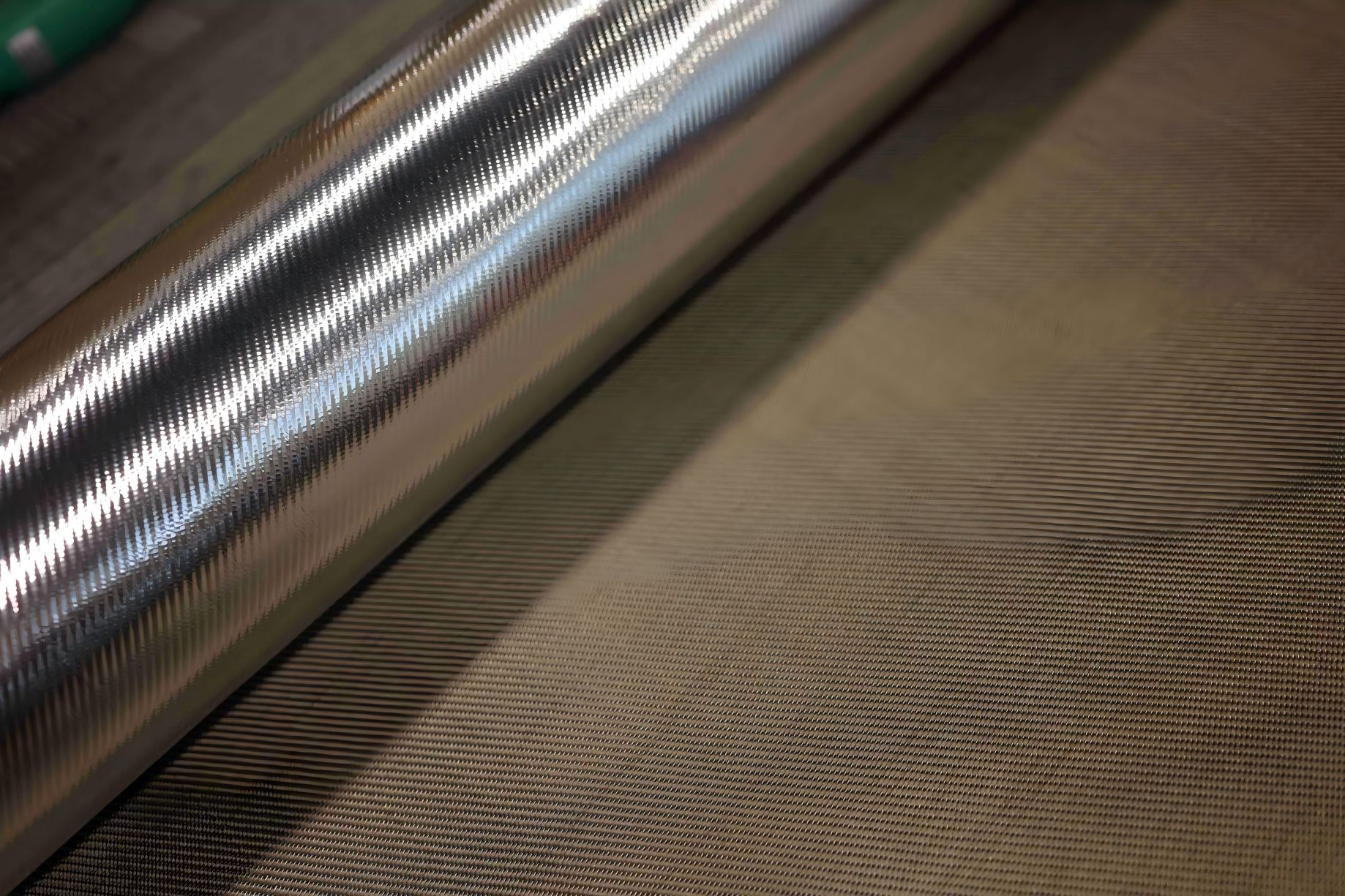 Your Composites Expert Basalt Materials&Products
Your Composites Expert Basalt Materials&Products
Welcome to our in-depth guide on carbon fiber tubular versus aromatic tubular materials in high-performance applications. When it comes to choosing the right material for your project, understanding the pros and cons of each option is crucial. In this article, we will explore the properties, advantages, drawbacks, and applications of carbon fiber tubulars and aromatic tubulars, providing you with the insights you need to make an informed decision.

Key Takeaways:
- Carbon fiber tubulars and aromatic tubulars are both widely used in high-performance applications.
- Carbon fiber tubulars offer a lightweight and durable solution, while aromatic tubulars provide excellent resistance to chemical corrosion and high temperature stability.
- The drawbacks of carbon fiber tubulars include higher cost and manufacturing complexity, while aromatic tubulars can be brittle and more expensive.
- When choosing between carbon fiber tubulars and aromatic tubulars, factors such as performance requirements, budget, manufacturing considerations, and environmental factors should be taken into account.
- Understanding the properties, advantages, and limitations of both materials is essential for selecting the right tubular material for your specific application.
Understanding Carbon Fiber Tubular
Carbon fiber tubular materials possess unique properties that make them highly sought-after in various industries. Their exceptional strength-to-weight ratio and stiffness make them ideal for a wide range of applications. Let's delve deeper into the properties and applications of carbon fiber tubulars.
Properties
| Property | Description |
|---|---|
| High strength-to-weight ratio | Carbon fiber tubulars are incredibly light, yet strong, allowing for the design of lightweight structures without compromising on durability. |
| Stiffness | Carbon fiber tubulars exhibit excellent stiffness, providing rigidity for demanding applications that require minimal flexing and deformation. |
| Low thermal expansion | These materials have a low coefficient of thermal expansion, ensuring dimensional stability even in extreme temperature variations. |
| Excellent fatigue resistance | Carbon fiber tubulars are highly resistant to fatigue, making them suitable for long-term use in dynamic applications. |
Applications
Carbon fiber tubulars find extensive applications in various industries. Here are a few notable examples:
- Automotive: Carbon fiber tubular components enhance vehicle performance by reducing weight and improving aerodynamics.
- Aerospace: These materials are used in aircraft structures, reducing overall weight and fuel consumption.
- Sports equipment: Carbon fiber tubulars are utilized in the construction of lightweight and high-strength sporting gear, such as bicycles, tennis rackets, and golf clubs.
- Marine: From boat hulls to masts, carbon fiber tubulars provide strength and rigidity for marine applications.
- Construction: These materials are employed in the construction of bridges, high-rise buildings, and other structures that require strength and durability.
"Carbon fiber tubular materials offer unparalleled strength and lightweight properties, making them a game-changer in various industries. Their diverse range of applications underscores their versatility and reliability."
Advantages of Carbon Fiber Tubular
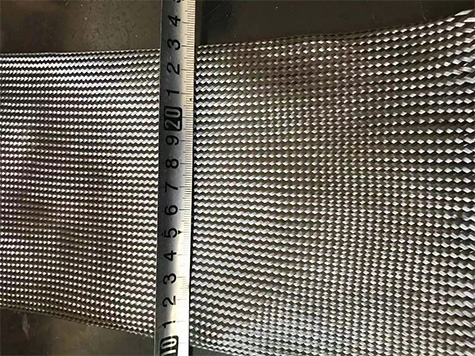
Carbon fiber tubular materials offer several distinct advantages that make them a preferred choice for high-performance applications. With their lightweight construction and exceptional durability, these materials provide numerous benefits to industries such as automotive, aerospace, and sports equipment.
Lightweight Nature
One of the primary advantages of carbon fiber tubular materials is their impressive lightweight construction. Carbon fiber composites are renowned for their high strength-to-weight ratio, making them much lighter than traditional materials such as steel or aluminum. This characteristic enables the development of lightweight structures without compromising strength or performance. The reduced weight of carbon fiber tubulars offers significant benefits in terms of fuel efficiency, maneuverability, and overall performance, making them ideal for applications that require enhanced speed and agility.
Durability
Carbon fiber tubular materials also boast exceptional durability, making them highly resistant to various forms of physical stress. These materials exhibit excellent fatigue resistance, allowing them to withstand repetitive loads without suffering from structural damage. Additionally, carbon fiber composites have remarkable resistance to corrosion and chemical degradation, ensuring their longevity even in harsh environments. The inherent durability of carbon fiber tubulars makes them well-suited for demanding applications where strength and reliability are paramount, such as aerospace components, race car chassis, and sporting equipment.
| Advantages of Carbon Fiber Tubular |
|---|
| Lightweight construction |
| High strength-to-weight ratio |
| Enhanced fuel efficiency |
| Improved maneuverability |
| Exceptional durability |
| Resistance to fatigue |
| Corrosion and chemical resistance |
Drawbacks of Carbon Fiber Tubular
While carbon fiber tubular materials offer many advantages, they are not without their limitations. It's important to consider these drawbacks when making a decision for high-performance applications. The main drawbacks of carbon fiber tubulars include:
- Higher Cost: Compared to other materials, carbon fiber tubulars can be significantly more expensive. The cost of raw carbon fiber materials, along with the complex manufacturing processes involved, contributes to the higher overall cost.
- Manufacturing Complexity: The production of carbon fiber tubulars requires intricate and specialized manufacturing techniques. From layup and curing to resin infusion and post-processing, the manufacturing process can be complex and time-consuming.
These drawbacks highlight the need to carefully consider the cost-effectiveness and manufacturing feasibility when choosing carbon fiber tubular materials for specific applications. Understanding the limitations can help in making informed decisions and exploring alternatives where necessary.
Expert Insight:
"The drawbacks of carbon fiber tubular materials, such as their higher cost and manufacturing complexity, need to be weighed against the unique properties they offer. It's crucial to assess the trade-offs and consider factors like budget, application requirements, and long-term performance." - Dr. Sarah Walker, Materials Engineering Expert
| Drawbacks of Carbon Fiber Tubular |
|---|
| Higher Cost |
| Manufacturing Complexity |
Introducing Aromotic Tubular
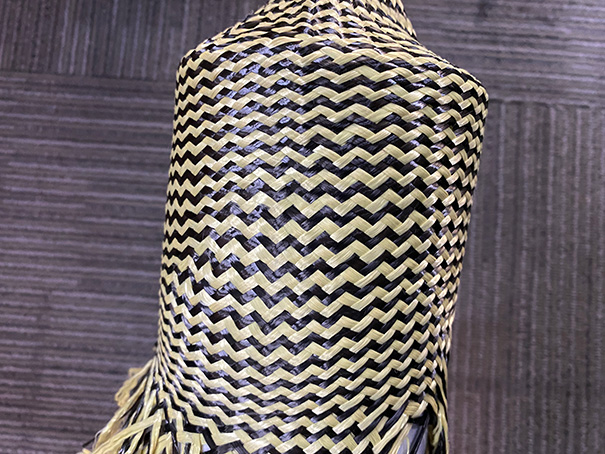
Aromotic tubular materials offer a fascinating alternative to carbon fiber in high-performance applications. With their unique composition and properties, aromotic tubulars hold significant potential for various industries. Let's explore the characteristics that define these materials and the potential applications they can revolutionize.
The Composition of Aromotic Tubular
Aromotic tubular materials are composed of aromatic polyamides, commonly known as aramids. These polymers consist of repeating units with aromatic rings, imparting exceptional strength and stiffness to the material. The long, chain-like structure of aramid fibers contributes to their impressive mechanical properties and resistance to external forces.
The Properties of Aromotic Tubular
The distinctive properties of aromotic tubular materials make them a compelling choice for demanding applications. These materials exhibit remarkable resistance to chemical corrosion, ensuring their longevity in harsh environments. Additionally, aromotic tubulars boast breathtaking thermal stability, allowing them to withstand high temperatures without compromising their structural integrity. Furthermore, their outstanding mechanical strength and low-density composition enable lightweight designs while maintaining durability.
Potential Applications of Aromotic Tubular
Thanks to their exceptional properties, aromotic tubular materials find applications in a wide range of industries. For example, in the aerospace sector, these materials can be used in the construction of aircraft components, providing lightweight yet robust alternatives. The automotive industry can also benefit from aromotic tubulars, where they can enhance structural integrity and impact resistance in vehicle parts. Additionally, sports equipment manufacturers can leverage the exceptional properties of these materials to develop high-performance gear that offers enhanced durability and performance.
| Property | Aromotic Tubular | Comparison | Carbon Fiber Tubular |
|---|---|---|---|
| Chemical Corrosion Resistance | Excellent resistance to chemical corrosion, ensuring longevity in harsh environments | vs | Good resistance to chemical corrosion, but may degrade over time |
| Thermal Stability | Outstanding ability to withstand high temperatures without compromising structural integrity | vs | Good thermal stability but may show signs of degradation at extremely high temperatures |
| Mechanical Strength | Exceptional mechanical strength and low-density composition enable lightweight yet durable designs | vs | High mechanical strength combined with lightweight properties |
Benefits of Aromotic Tubular
Aromotic tubular materials offer numerous benefits that make them highly desirable for a wide range of applications. These materials possess exceptional resistance to chemical corrosion, ensuring their longevity even in harsh environments.
Another key advantage of aromotic tubulars is their high thermal stability. They can withstand elevated temperatures without compromising their structural integrity, making them ideal for applications that require heat resistance.
Additionally, aromotic tubular materials exhibit superior mechanical properties, including high strength and stiffness. This enables them to handle heavy loads and withstand extreme conditions, ensuring optimal performance in demanding settings.
"Aromotic tubular materials excel in resisting chemical corrosion, offering high thermal stability, and delivering superior mechanical properties. These benefits make them a top choice for applications in demanding environments."
To illustrate the benefits of aromotic tubular materials, the following table provides a comparison of their key advantages:
| Benefits | Aromotic Tubular | Carbon Fiber Tubular |
|---|---|---|
| Resistance to chemical corrosion | ✔️ | ✖️ |
| Thermal stability | ✔️ | ✔️ |
| Superior mechanical properties | ✔️ | ✔️ |
As depicted in the table, aromotic tubular materials possess unique advantages over carbon fiber tubulars, particularly in terms of resistance to chemical corrosion. This makes them a top choice for industries that require materials capable of withstanding corrosive environments.
Limitations of Aromotic Tubular
While aromotic tubular materials offer many advantages, it is important to understand their limitations before considering their use. One of the key limitations of aromotic tubulars is their inherent brittleness. This means that they are prone to breakage or fracture under high stress or impact, which can limit their application in certain industries where flexibility and resilience are crucial.
Additionally, the manufacturing of aromotic tubular materials can present challenges. The production process often requires specialized equipment and expertise, which can result in higher manufacturing costs. These additional costs may affect the overall feasibility and economic viability of using aromotic tubulars, especially for small-scale or cost-sensitive projects.
"While aromotic tubular materials offer exceptional resistance to chemical corrosion and thermal stability, their brittleness and higher manufacturing costs can pose limitations in certain applications."
It is important to weigh the benefits of aromotic tubulars against their limitations, considering the specific requirements of your project and the available resources. By doing so, you can make an informed decision on whether aromotic tubular materials are the right choice for your high-performance application.
| Limitations of Aromotic Tubular |
|---|
| Brittleness |
| Higher manufacturing costs |
Comparing Carbon Fiber and Aromotic Tubular
When it comes to high-performance applications, the choice between carbon fiber tubulars and aromotic tubulars can make a significant impact. In this section, we will compare these two materials side by side, highlighting their similarities and differences in properties, applications, pros, and cons. This comparison aims to provide readers with critical insights for making informed decisions.
Properties
Carbon fiber tubulars are known for their exceptional lightweight nature, high strength-to-weight ratio, and stiffness. These properties make them ideal for applications where weight reduction and strength are crucial, such as aerospace and sports equipment.
Aromotic tubulars, on the other hand, offer excellent resistance to chemical corrosion, remarkable thermal stability, and superior mechanical properties. These characteristics make them suitable for demanding environments that require resistance to harsh chemicals or extreme temperatures.
Applications
Carbon fiber tubulars find extensive use in industries such as automotive, aerospace, and sporting goods. They are commonly employed in manufacturing components like chassis, frames, and structural parts due to their lightweight and high strength characteristics.
Aromotic tubulars, with their exceptional chemical resistance and thermal stability, are often utilized in applications where exposure to harsh chemicals or elevated temperatures is involved. These applications include chemical processing, oil and gas, and certain engineering applications.
Pros and Cons
| Carbon Fiber Tubular | Aromotic Tubular |
|---|---|
| Pros: | Pros: |
| LightweightHigh strength-to-weight ratioStiffness | Excellent resistance to chemical corrosionRemarkable thermal stabilitySuperior mechanical properties |
| Cons: | Cons: |
| Higher costMore complex manufacturing processes | Inherent brittlenessPotential challenges in manufacturing and cost |
It's essential to consider these pros and cons when choosing between carbon fiber tubulars and aromotic tubulars, as they directly impact performance, cost, and overall suitability for specific applications. By carefully evaluating these factors against the requirements of a project, one can make an informed decision to achieve optimal results.
Selecting the Right Tubular Material
When it comes to choosing the right tubular material for your specific application, there are several factors to consider. By carefully evaluating these factors, you can make an informed decision that meets your performance requirements, budget, manufacturing considerations, and environmental needs.
Performance Requirements
One of the first factors to consider is the performance requirements of your application. Analyze the specific demands placed on the tubular material, such as strength, weight, stiffness, and resistance to various elements. This analysis will help you determine whether carbon fiber tubular or aromotic tubular is better suited for your needs.
Budget
Another important factor to take into account is your budget. Carbon fiber tubular materials are known for their higher cost compared to aromotic tubulars. Consider your financial constraints and weigh the benefits and drawbacks of each material in relation to your budget limitations.
Manufacturing Considerations
The ease and complexity of manufacturing should also be considered. While carbon fiber tubulars require more complex manufacturing processes, aromotic tubulars may offer easier and more straightforward manufacturing options. Evaluate the available resources, production capabilities, and expertise necessary for each material to ensure a seamless manufacturing process.
Environmental Factors
Environmental factors can play a significant role in selecting the right tubular material. Consider elements such as temperature extremes, chemical exposure, and weather conditions. Carbon fiber tubulars provide excellent resistance to corrosion and degradation, making them suitable for demanding environments. On the other hand, aromotic tubulars offer exceptional thermal stability, making them ideal for high-temperature applications.
By carefully considering these factors, you can make a well-informed decision when choosing between carbon fiber tubular and aromotic tubular materials. Determine your performance requirements, budget, manufacturing capabilities, and environmental needs to select the tubular material that best suits your specific application.
Conclusion
After exploring the pros and cons of carbon fiber tubulars and aromotic tubulars, it is clear that both materials have unique advantages and limitations. Carbon fiber tubulars offer lightweight and high durability, making them ideal for industries such as automotive, aerospace, and sports equipment. On the other hand, aromotic tubulars possess excellent resistance to corrosion, thermal stability, and superior mechanical properties, making them well-suited for demanding environments.
When choosing between carbon fiber tubulars and aromotic tubulars for high-performance applications, it is crucial to consider certain factors. Performance requirements, budget, manufacturing considerations, and environmental factors should all be taken into account. By carefully evaluating these factors, you can make an informed decision and select the right tubular material for your specific needs.
In conclusion, there is no one-size-fits-all answer to the carbon fiber tubular versus aromotic tubular debate. It ultimately comes down to the specific requirements of your application and the trade-offs you are willing to make. Both materials have their own strengths and weaknesses, and it is essential to weigh them accordingly. Whether you prioritize lightweight and durability or resistance to corrosion and thermal stability, the choice between carbon fiber tubulars and aromotic tubulars will significantly impact the performance of your high-performance application. Make your decision wisely.
FAQ
What are the pros and cons of carbon fiber tubulars?
Carbon fiber tubulars offer advantages such as lightweight construction and high durability. However, they can be more costly and have complex manufacturing processes.
What is the importance of understanding the properties and applications of carbon fiber tubulars?
Understanding the properties and applications of carbon fiber tubulars is essential to make an informed choice for high-performance applications. These materials have unique characteristics and are used in various industries.
Can you explain the advantages of carbon fiber tubulars?
Carbon fiber tubulars are lightweight and have high durability, making them suitable for applications in the automotive, aerospace, and sports equipment industries.
What are the drawbacks of carbon fiber tubulars?
One drawback of carbon fiber tubulars is their higher cost compared to other materials. Additionally, their manufacturing processes can be more complex.
What are aromotic tubulars made of and what properties do they have?
Aromotic tubulars are made of specific compounds and possess excellent resistance to chemical corrosion, high temperature stability, and superior mechanical properties.
What are the benefits of using aromotic tubulars?
Aromotic tubulars offer benefits such as exceptional resistance to chemical corrosion, high temperature stability, and superior mechanical properties, making them suitable for demanding environments.
What limitations do aromotic tubulars have?
Aromotic tubulars can exhibit brittleness, and the manufacturing and cost considerations associated with these materials can present challenges.
How do carbon fiber tubulars and aromotic tubulars compare?
Carbon fiber tubulars and aromotic tubulars have their similarities and differences in terms of properties, applications, pros, and cons. Comparing them side by side can provide critical insights for decision-making.
What factors should be considered when selecting a tubular material?
When selecting a tubular material, factors such as performance requirements, budget, manufacturing considerations, and environmental factors should be taken into account.
What is the conclusion regarding carbon fiber tubulars vs. aromotic tubulars?
In conclusion, carbon fiber tubulars and aromotic tubulars each have their pros and cons. It is important to consider the specific application and requirements when choosing the right material for high-performance applications.Carbon Fiber vs Aromotic Tubular: Pros & Cons


